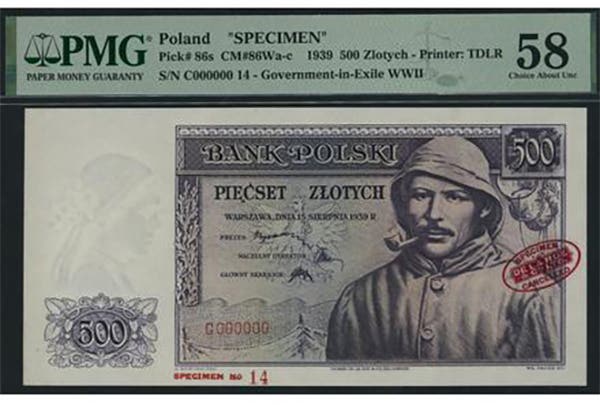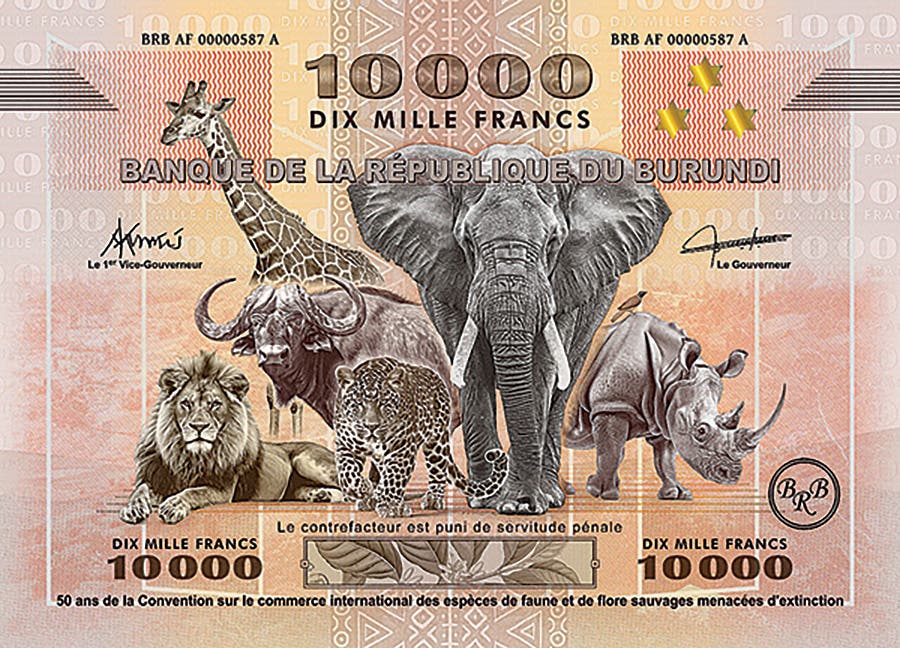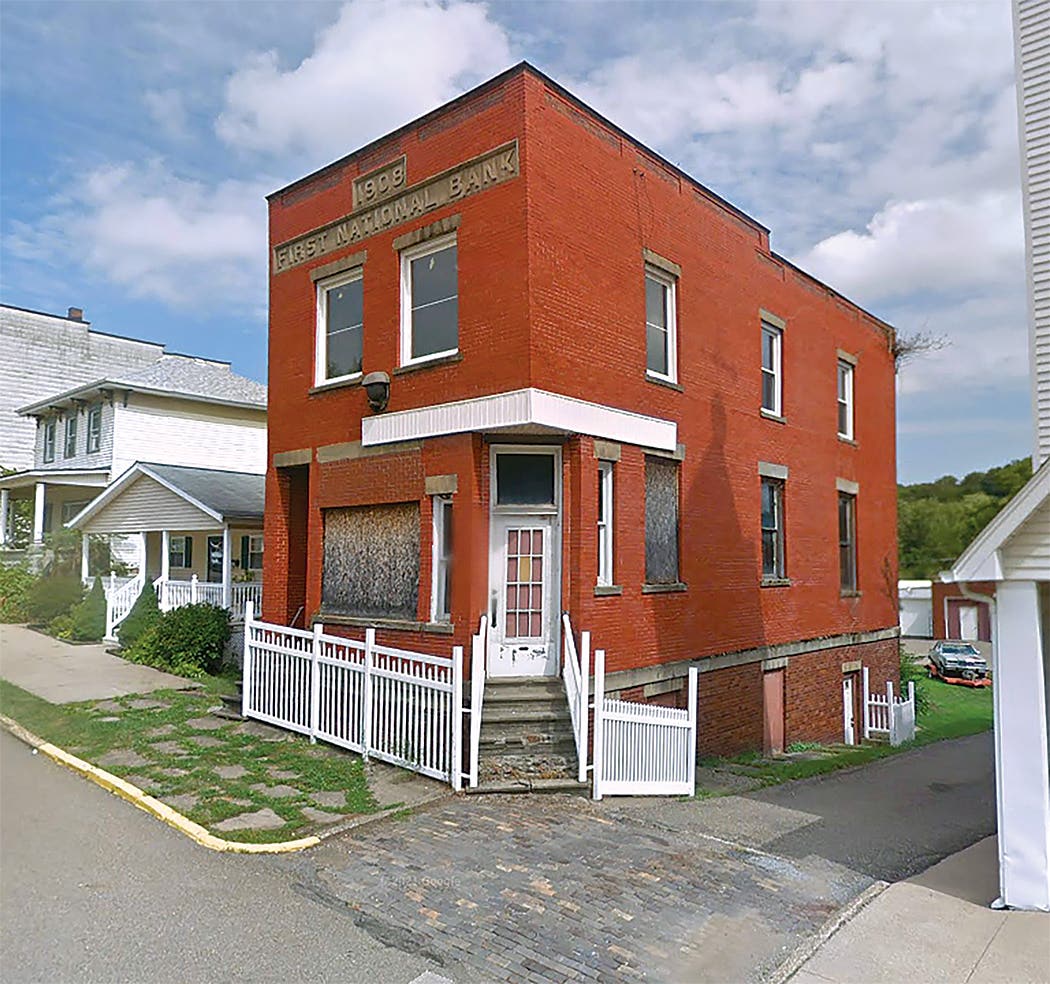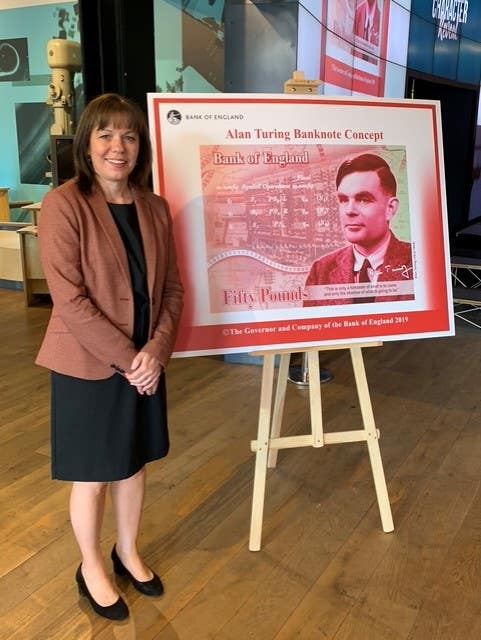How many 1929 sheets did Col. Green have?
By Peter Huntoon As I write this on Saturday, Aug. 1, lot 67 in the Stack’s Bowers Auction at the American Numismatic Association Auction, Session 1, labeled as U. S….
By Peter Huntoon
As I write this on Saturday, Aug. 1, lot 67 in the Stack’s Bowers Auction at the American Numismatic Association Auction, Session 1, labeled as U. S. Coins Part 1, consisting of 575 lots is about to go under the hammer. From my perspective as a paper money researcher/writer, lot 67 is the most important item in the entire sale.
Lot 67 is a carbon copy of Frederic C.C. Boyd’s 1937 appraisal of Col. Edward Howland Robinson Green’s vast numismatic collection. Green was the son of Hetty Green—the witch of Wall Street—the richest woman in America in her day.
Boyd’s inventory tallies 51,018 coins, medals and tokens that we really don’t care about.
Of supreme interest to us though is the total of $839,688.92 in face in U.S. currency. Of that, $198,256 worth was considered uncollectible.
This left 62,434 notes with a face value of $641,432.92 to which Boyd attached a total premium value of $21,433.26. The premium works out to a little over 3.3 percent above face.
Boyd’s inventory states that the undesirable $198,256 was “delivered to the Redemption Department of United States Treasury, Washington, D.C., and destroyed.”
The redeemed notes are just cause for you to gnash your teeth. In reality, the bulk of it consisted of high denomination notes of which the colonel was particularly fond. He thoroughly enjoyed flashing $10,000 notes around in his younger days.
Gold notes large and small of all denominations were included, because, of course, by then they were supposed to be turned in as per President Roosevelt’s April 5, 1933 Executive Order 6102 requiring everyone to relinquish their gold, gold bullion and gold certificates. The gold notes totaled $33,370.
And then there were severely damaged formerly very collectible type notes spanning the federal issues that had been stored in acetate holders. The acid from the plastic had eaten them up and made them as brittle as paper-thin glass. Sigh.
Boyd’s inventory consists of 442 pages of 14 x 18-inch ledger pages. Obviously, for the most part, it is not a line-item listing of 113,452 items. But there is a gold mine of insight contained therein, particularly for currency aficionados.
We get to glimpse the scope of the colonel’s Series of 1929 serial No. 1 National Bank Note sheet holding, and what a glimpse it is. Green’s hoard of 1929 sheets was the source for most of the No. 1 sheets and notes that grace your collections.
How do you inventory 113,452 numismatic items? Boyd faced a gargantuan task. The material was stored in trunks in the colonel’s vault in the basement of his Round Hill Estate in South Dartmouth, Conn., overlooking Buzzards Bay.
On Oct. 25, 1936, the small objects that the colonel collected—he also collected stamps on a vast scale, jewels by the pound, and other things—were transferred from South Dartmouth to The First National Bank of Boston. The move involved eight armored cars, 16 private guards and seven state policemen.
What Boyd did was simply list the contents by trunk in the order in which they were opened. The 1929 sheets came from trunks 4, 6, 15, 17, 18, 21, 26 and 41. He provided counts of them by denomination along with their face value.
Their appraised numismatic value was figured at face. After all, it was 1937 and the things were still in circulation. Hey, at least he did not have them shunted directly to the redemption agency with the other $198,256.
This inventory was F.C.C. Boyd’s copy, which was last sold in the 2004 Stack’s-Kolbe Sale of John J. Ford, Jr.’s reference library, Part I, lot 518, where it brought $42,550. The Green Estate copy was sold in Kolbe & Fanning’s 2012 New York Book Auction, lot 287, for $40,250. Those yields in my opinion represent a lot of money for a non-itemized listing.
I didn’t learn about the inventory coming up in the Stack’s Bowers sale until a couple of days ago. I hadn’t planned on going to the show. But I had to get the information. Plan A was to drive or fly up to Denver to see the volume, but I was quickly disabused of that idea because when I got on line I saw that the thing was going to be hammered down tonight and I simply couldn’t get there beforehand.
I desperately came up with plan B. This was the make-a-big-pain-in-the-neck-out-of-myself option. I frantically emailed my friend Dave Bowers yesterday and asked if he could somehow arrange for me to get the data on the 1929 note. I knew he was busier than a one-armed paper hanger at the moment getting ready for the show and the auction, and the last thing he needed was a request like this.
Well, the fact is, I immediately got a gracious reply for which I am greatly indebted, and he fobbed my request off on two unwitting associates who were on the ground with the lot; specifically, John Pack, executive director for consignments, and Christine Karstedt, executive vice president, both with Stack’s Bowers Galleries.
Good grief, did I feel like a heel. But within a short time both fired back images from the inventory using their cell phones that allowed me to hone in on the red meat. Before I noticed I was disturbing an executive vice president, I emailed Christine that I needed pages 439, 440 and 441. I got a late-evening reply that she would send them today, and she did.
Then I got an email from David Fanning of Kolbe & Fanning Numismatic Booksellers, who were offering the lot in association with Stack’s Bowers asking how he could help. What thoroughly decent folks.
When it comes to something important like getting these data before they go under the waves in another recluse’s book collection, one has to have a backup plan. In this case, my plan C was to call Gerome Walton in Colorado Springs, Colo., last evening. He’s the Nebraska National Bank Note specialist who co-instructs the ANA summer National Bank Note short course with me. What I like about Gerome is that he is the type of guy who also can get very fired up about information like this.
Once I told him about lot 67, he immediately dropped what he was doing today and made plans to get to Denver with camera in hand to record the critical data. So, we are backed up.
I’ll tell you how hard core Walton is when it comes to pedigree information. He even has Amon Carter’s driver’s license in his collection to go with the Nebraska nationals that came from Amon’s collection.
All of these people’s sole compensation for being so generous is that they know I’m going to get this information out for you to read. All of us recognize that this is big news.
So just what do we have?
We have totals—the big picture—information that never has been published before.
Green had 3,293 full sheets of six notes and another 15 part-sheets of from two to five subjects, all serial No. 1.
The full sheets break down by denomination as follows:
$5 946 $28,380
$10 1,233 $73,980
$20 1,087 $130,440
$50 16 $4,800
$100 11 $6,600
3,293 $244,200
This is 1929-1935 money folks, when a dollar was worth something.
Look at these data this way. The typical banker sold two to three sheets to George Blake, who was serving as intermediary in assembling this hoard. That means that there was something like 1,100 to 1,650 different banks represented in Green’s holding.
Think about those numbers. There were 6,996 banks that issued Series of 1929 notes. Green got sheets from something like 15 to 25 percent of all of them. If this doesn’t blow your mind, I give up on you.
No, we don’t have breakdowns by state. Too bad. However, you can deduce a bit of that picture by logging onto the National Currency Foundation census website and seeing what is out there. Just set the search for 1929 sheets, then do it again for No. 1 1929 notes. Green’s holding is where most of what you will find came from. If you are real parochial, add the name of your state to your search.
Also make no mistake about it. Many if not most of Green’s sheets were redeemed. William Philpott (1970) tells their fate. Material in the square brackets was added by me.
“After Green died and his estate was administered, there was little interest among collectors in these sheets. A few of us borrowed money and bought (at 15% above face) as many sheets as we could afford. A few months later the large remainder of this sheet hoard was [deposited as cash at the Chase National Bank in New York in 1948 and] turned in to the Federal Reserve Bank, New York. [The cashier at the New York Fed] segregated the sheets, according to the twelve districts [instead of sending them to the Treasury for redemption]. Each of the other 11 banks received a list of sheets from banks in the respective districts, offering the sheets at face for the eleven banks to distribute, ‘as a public relation act,’ sheets to the national banks of issue.”
Some of the cashiers in the other Federal Reserve Banks took the New York Fed up on the opportunity and offered the sheets back to their original issuers. Then some of those bankers bought them back at face. But the orphans were redeemed with the Treasury in 1949 or so.
Philpott went on to explain what happened to the sheets earmarked for the Dallas Federal Reserve Bank. Recall that Philpott was the secretary of the Texas Bankers Association.
“When the Dallas bank received a list of the 11th District sheets available, and the New York bank’s suggestions of a ‘good will’ gesture, this letter was referred to me, saying I could have any or all of the Texas No. 1 sheets at face value. If I did not want them, the Dallas bank would write New York to dispose of the notes elsewhere, as there was no interest in Texas.
“Again, I heaved a sigh, signed another large note or two at my bank and rescued another score or so of uncut Texas sheets, all No. 1. I learned later that the remainder of sheets from the 11th District were eventually sent to the Treasury for redemption.”
When you do your search for sheets or No. 1 notes from your state and you find few listings, you’ll have evidence that the cashier of the Federal Reserve District bank in your district probably didn’t want to be bothered with handling the sheets.
The letters from the conscientious cashiers went out to the national bankers in 1948. The colonel died June 8, 1936. The sheets had sat around in his estate for a dozen years, just long enough to be viewed as curious out-of-print money to those who decided to spring for them. This lapse of time was just long enough to save many of the sheets.
I’m polishing this up on Aug. 3, and Gerome has just called to tell me that Boyd’s inventory sold for $30,550 this time around.
Sources of information and dynamite Reading
Bedell, Barbara Fortin, 2003, Colonel Edward Howland Robinson Green and the World He Created at Round Hill: published privately, 150 p.
Huntoon, Peter, and Bedell, Barbara Fortin, Jan-Feb 2009, Colonel Edward H. R. Green, collector extraordinaire, and the story of the number 1 Series of 1929 sheets: Paper Money, v. 48, p. 34-56.
Lewis, Arthur H., 1963, The Day They Shook the Plum Tree: Buccaneer Books, Cutchogue, N.Y., 247 p.
Numismatist, July 1936, Deaths, Col. E. H. R. Green: The Numismatist, p. 542-543.
Numismatist, December 1936, Colonel Green’s collection transported to Boston: The Numismatist, p. 1005-1006.
Philpott, William A., Nov. 10, 1970, Why No. 1 sheets, Series 1929, are not too rare: Numismatic News, p. 14, 27.
Seng, R.A., and J.V. Gilmour, 1959, Brink’s, the Money Movers: R. R. Donnelley and Sons, 128 p.
Slack, Charles, 2005, The Genius and Madness of American’s First Female Tycoon: Harper Collins Publishers, New York, N.Y., 258 p.
Sparkes, Boyden, and Moore, Samuel Taylor, 1935, The Witch of Wall Street, Hetty Green: Doubleday, Doran & Company, Inc., New York, N.Y., 338 p.
This article was originally printed in Bank Note Reporter. >> Subscribe today.
More Collecting Resources
• The Standard Catalog of United States Paper Money is the only annual guide that provides complete coverage of U.S. currency with today’s market prices.
• When it comes to specialized world paper money issues, nothing can top the Standard Catalog of World Paper Money, Specialized Issues .








